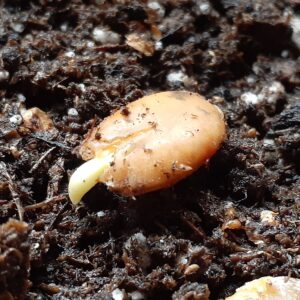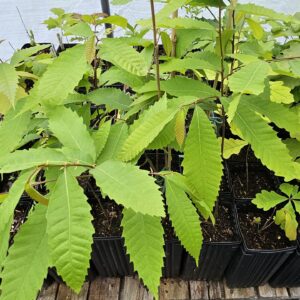Honey-locust ‘Inermis’
Gleditsia Triacanthos
Occurs naturally in Southwestern Ontario and into the USA. Occasionally planted in New Brunswick. The ‘Inermis’ variety is most commonly planted as it lacks the dangerous thorns. Male and female flowers are on separate branches with some ‘perfect’ flowers on same tree. They attract bees, butterflies and other insect pollinators. It is debated whether the roots of this tree can fix atmospheric nitrogen in the soil. A pioneer tree on disturbed sites. Considered invasive due to abundant seed production.
Additional information
| Foliage | Deciduous |
|---|---|
| Locale | Native to North America |
| Height | Medium (30-60ft) |
| Width | Moderate |
| Form | Round |
| Growth Rate | Fast |
| Longevity | Long (over 100 years) |
| Hardiness Zones * | 3, 4, 5 |
| Sun Exposure | Full Sun (over 6 hrs) |
| Soil Preferences * | Moist, Slightly Acidic, Well Draining |
| Soil Tolerances | Clay, Dry, Slightly Alkaline, Wet |
| Other Tolerances | Occasional Flooding, Road Salt |
| Ornamental Interest | Leaves (shape) |
| Wildlife Value | Bees (flowers), Birds (fruits/seeds), Butterflies (flowers), Butterfly Larvae (leaves), Insect Pollinators (flowers), Small Mammals (fruits/seeds) |
| Human Value | Carpentry (wood), Fuel (wood) |
| Seed Collection | Ordered Online |
| Planting Considerations | Can Reseed Aggressively, Casts Light Shade, Intolerant of Full Shade |













